Canine Joint Supplements
- Glucosamine and chondroitin are cornerstone ingredients in effective canine joint supplements, supporting cartilage repair and preventing further breakdown.
- Natural anti-inflammatories, such as Boswellia serrata and turmeric, can provide significant relief for dogs with joint pain without the side effects associated with prescription medications.
- Early intervention with joint supplements is crucial, especially for large breeds and active dogs that are at a higher risk of developing joint issues.
- Green-lipped mussel provides comprehensive joint support with its unique combination of omega-3 fatty acids and glycosaminoglycans.
- JP's Natural Pet Supplements offers vet-approved formulations containing these essential ingredients for optimal canine joint health.
Your dog's mobility is slipping away faster than you realise. While you may notice the obvious limping or reluctance to climb stairs, subtle changes in your dog's activity level or mood are early warning signs of joint discomfort that shouldn't be ignored. JP's Natural Pet Supplements has developed specialised formulas with glucosamine, chondroitin, and natural anti-inflammatories that address these issues before they become debilitating for your canine companion.
The journey to optimal joint health for your dog requires understanding what's happening beneath the surface. As dogs age, the cartilage that cushions their joints naturally wears down, leading to friction, inflammation, and ultimately, pain. This process accelerates in large breeds, overweight dogs, and those with genetic predispositions to joint conditions like hip dysplasia. The right supplements don't just mask symptoms—they provide the building blocks needed to repair damaged tissue and slow the degenerative process.
Why Your Dog's Joints Need Extra Support Now
Dogs' joints endure tremendous stress throughout their lives. From puppyhood to senior strolls, their hips, knees, elbows, and shoulders absorb impact with every step. Unlike humans, who may adjust their movements when feeling discomfort, dogs instinctively hide pain until it becomes severe—an evolutionary trait inherited from their wild ancestors. This means by the time you notice limping or stiffness, joint damage has likely been progressing for months or even years.
The natural ageing process accelerates cartilage breakdown as production of synovial fluid—the joint's lubricant—decreases. For large and giant breeds, excessive growth rates during puppyhood combined with carrying more weight put extraordinary pressure on developing joints. Working dogs, agility competitors, and even weekend warriors who enjoy intense play sessions experience repetitive stress that compounds over time.
Environmental factors also influence joint health more than most owners realise. Cold, damp weather can exacerbate existing inflammation, while slippery floors in your home might cause micro-injuries during sudden movements. Nutrition plays a crucial role, as well, with deficiencies in key vitamins and minerals hindering the body's natural repair processes. Proactive supplementation provides the nutrients needed to maintain healthy cartilage, reduce inflammation, and support your dog's mobility before visible symptoms appear. For more information on maintaining joint health, visit our joint care collection.
Signs Your Dog Is Suffering from Joint Pain
Canine joint pain often manifests in subtle ways before becoming obvious. Recognising these early warning signs allows for intervention before significant damage occurs. Your dog's mobility challenges might begin with hesitation rather than outright refusal to perform certain activities. They're not being stubborn—they're trying to avoid pain.
Reluctance to Jump or Climb Stairs
A dog experiencing joint discomfort will often modify behaviours to avoid pain triggers. You might notice your once-enthusiastic companion hesitating before jumping into the car or onto furniture. This reluctance typically begins with higher jumps before progressing to even small elevations. With stairs, they may take them slower, one at a time, or start avoiding them altogether.
Some dogs develop creative workarounds, like finding alternative routes or waiting for assistance. Pay particular attention to how your dog navigates these challenges after periods of rest versus during periods of activity. Joint pain often worsens following inactivity, creating a pattern where morning and post-nap reluctance is more pronounced than later in the day once they've "warmed up."
Morning Stiffness and Difficulty Rising
The classic sign of arthritis and joint inflammation manifests as the "old dog shuffle"—characterised by stiffness and difficulty getting up after prolonged periods of rest. You might notice your dog taking longer to stand up from their bed in the morning or after an afternoon nap. Some dogs will stretch extensively, while others might use their front legs to pull themselves up before fully engaging their hind legs.
This stiffness typically improves after your dog moves around for a few minutes as circulation increases and joint fluid distributes. However, dismissing this as "just getting old" misses an opportunity for intervention. Morning stiffness is one of the earliest indicators of joint issues, appearing long before consistent limping or obvious pain sets in. Providing the right joint supplements at this stage can significantly slow progression and improve comfort.
Decreased Activity and Exercise Intolerance
Has your once-energetic dog become a couch potato? While some slowing down is normal as dogs age, sudden or dramatic decreases in activity level often signal joint discomfort. You might notice shorter walks, less interest in play, or quicker fatigue during previously enjoyed activities. This change can be so gradual that many owners don't recognise it until looking back at photos or videos from just months earlier.
Exercise intolerance may manifest as your dog simply stopping during walks, sitting down frequently, or lagging behind when they used to lead the way. They might still show initial enthusiasm, but cannot sustain activity as long as before. Some dogs become selective about activities—perhaps still enjoying swimming (a low-impact activity) while avoiding running games.
Social behaviours can change, too, with previously playful dogs becoming spectators at the dog park rather than participants. This withdrawal isn't a sign of laziness or stubbornness—it's your dog's way of communicating that movement causes discomfort. Addressing joint health with the right supplements can help restore their enjoyment of physical activity.
Visible Limping or Favouring a Leg
Limping is one of the more obvious signs of joint pain, but it often indicates that discomfort has progressed significantly. Your dog may put less weight on an affected limb or altogether avoid using it. This might be more noticeable after exercise or during cold weather when inflammation increases. Some dogs develop an asymmetrical gait, shortening their stride on the painful side or developing a distinct "head bob" as they redistribute weight away from sore joints.
Intermittent limping that comes and goes is still cause for concern. Many owners mistakenly wait until limping is constant before seeking help, but intermittent symptoms indicate the perfect time for intervention with joint supplements. The body is still compensating, meaning damage hasn't yet reached critical levels. Starting a comprehensive joint support regimen at this stage can prevent the progression to constant pain.
Behavioural Changes Due to Discomfort
Pain changes behaviour, often in ways owners don't immediately connect to joint issues. Your usually friendly dog might become irritable or snap when touched in certain areas. They may show reluctance to be groomed or handled, especially around the hips, spine, or shoulders. Some dogs become more vocal, whimpering when moving in specific ways or even while sleeping, as inflammatory pain often worsens at night.
Changes in sleeping habits often accompany joint pain, with dogs frequently readjusting their position or seeking unusual places to rest. You might notice your dog abandoning favourite sleeping spots for firmer surfaces that provide more support. These behavioural shifts aren't personality changes—they're responses to physical discomfort that can improve dramatically with proper joint supplementation.
Top 5 Ingredients in Effective Dog Joint Supplements
Not all joint supplements are created equal. The market is flooded with products making bold claims, but only certain ingredients have the scientific backing to support canine joint health truly. Understanding these key components helps you select supplements that deliver meaningful results rather than empty promises and fillers.
Effective formulations combine ingredients that work synergistically, addressing both symptoms and the underlying causes of joint deterioration. Some provide the building blocks for cartilage repair, while others focus on reducing inflammation or improving the production of synovial fluid. The most comprehensive supplements, such as those offered by JP's Natural Pet Supplements, incorporate multiple approaches to provide complete joint support.
1. Glucosamine: The Building Block for Cartilage Repair
Glucosamine is the most well-known joint supplement ingredient, and for good reason. This naturally occurring compound serves as a fundamental building block for glycosaminoglycans (GAGs), which are essential components of cartilage structure. As dogs age, their natural production of glucosamine declines, compromising the body's ability to maintain and repair joint cartilage. Supplementation helps bridge this gap, providing the necessary materials for ongoing maintenance.
The most effective form, glucosamine hydrochloride (HCl), offers superior absorption compared to glucosamine sulphate. Quality supplements provide between 500-1500mg per day, depending on your dog's size. Research shows glucosamine works gradually, with noticeable improvements typically appearing after 4-6 weeks of consistent use. Its effects are cumulative, meaning long-term supplementation yields progressively better results in maintaining joint structure and function.
Beyond providing cartilage support, glucosamine exhibits mild anti-inflammatory properties and may stimulate the production of hyaluronic acid, thereby improving synovial fluid viscosity and enhancing joint lubrication. This multifaceted approach makes it an essential cornerstone of any comprehensive joint supplement regimen.
2. Chondroitin Sulphate: Prevents Cartilage Breakdown
While glucosamine provides building materials for new cartilage, chondroitin sulphate works primarily as a protective agent, inhibiting enzymes that break down cartilage. This preservation effect is crucial because damaged cartilage releases fragments that trigger inflammatory responses, creating a damaging cycle. By interrupting this process, chondroitin helps maintain existing joint structures while reducing pain-causing inflammation.
Research indicates chondroitin and glucosamine work synergistically, with combined supplementation proving more effective than either ingredient alone. Chondroitin also attracts and holds water within cartilage tissue, improving shock absorption capabilities and enhancing overall joint cushioning. Effective supplements typically provide 400-800mg daily for medium to large dogs.
3. MSM: Natural Anti-Inflammatory Properties
Methylsulfonylmethane (MSM) is an organic sulphur compound that addresses the inflammation component of joint discomfort. Unlike prescription anti-inflammatories that may cause gastrointestinal issues or organ damage with long-term use, MSM provides gentle yet effective relief without concerning side effects. It works by reducing cytokine production and inhibiting pain impulses along nerve fibres, effectively "turning down the volume" on pain signals.
Beyond pain management, MSM contributes to joint health by supporting collagen production and reducing oxidative damage to joint tissues. Studies show that it may also enhance the permeability of cell membranes, allowing for better absorption of other nutrients and the removal of inflammatory waste products. This makes MSM an excellent complementary ingredient in comprehensive joint formulations, enhancing the effectiveness of different components.
Most quality supplements include 500-1000mg of MSM daily, with some veterinary formulations providing higher therapeutic doses for acute inflammation. Dog owners frequently report MSM produces noticeable results faster than glucosamine and chondroitin alone, often seeing improved mobility within 2-3 weeks of consistent use.
4. Omega-3 Fatty Acids: Reduce Joint Inflammation
Omega-3 fatty acids, particularly EPA (eicosapentaenoic acid) and DHA (docosahexaenoic acid), offer potent anti-inflammatory benefits through various pathways. These essential fatty acids compete with inflammatory omega-6 fatty acids in the body, helping restore balance and reducing the production of inflammatory compounds called prostaglandins. This systemic approach helps address not just joint inflammation but overall inflammatory processes throughout the body.
Fish oil is the most common source of EPA and DHA in supplements, though krill oil offers excellent bioavailability with lower risks of rancidity. For dogs with established joint issues, research suggests 20-30mg of combined EPA/DHA per pound of body weight provides therapeutic benefits. The effects are cumulative, with consistent supplementation showing progressively improved results over 8 to 12 weeks.
Beyond joint benefits, omega-3s support heart health, cognitive function, skin condition, and immune response—making them a valuable addition to any dog's wellness regimen. When selecting joint supplements containing omega-3s, look for products that specify the EPA/DHA content rather than just "fish oil" quantities, as concentration can vary significantly between formulations.
5. Green-Lipped Mussel: Complete Joint Support Complex
Green-lipped mussel (GLM) extract, derived from mussel’s native to New Zealand waters, represents one of the most comprehensive natural joint support ingredients available. This remarkable superfood contains a unique profile of omega-3 fatty acids, including the rare ETA (eicosatetraenoic acid), which has been shown to inhibit the inflammatory enzyme cyclooxygenase (COX) more effectively than many pharmaceutical options. It also provides glycosaminoglycans, similar to those found in cartilage, which support structural integrity.
What makes GLM particularly valuable is its complete nutritional profile—delivering glucosamine, chondroitin, omega-3s, and vital minerals in one ingredient. JP's Natural Pet Supplements incorporates green-lipped mussel in their advanced formulations specifically because this synergistic approach yields better results than isolated components. Research demonstrates GLM can improve mobility and reduce pain markers in dogs with arthritis, often within 4-6 weeks of consistent supplementation.
Look for supplements that specify cold extraction methods for GLM, as heat processing can destroy many of the beneficial compounds. Quality products typically provide 500-1000mg daily for medium to large dogs, with dosing adjusted based on body weight.
Natural Anti-Inflammatories That Actually Work
While traditional medications like NSAIDs can provide quick relief for acute joint pain, their long-term use often brings concerning side effects, including gastrointestinal ulcers, liver damage, and kidney issues. Natural anti-inflammatories offer safer alternatives for chronic management, addressing the inflammatory process through multiple gentle pathways rather than blunt pharmaceutical intervention.
The most effective natural anti-inflammatories work through complementary mechanisms—some inhibit inflammatory enzymes, others neutralise free radicals that damage tissues, while some modulate the immune response itself. This multifaceted approach enables sustained control of inflammation without the physiological disruption associated with prescription medications.
Turmeric and Curcumin Benefits
Turmeric contains curcumin, a powerful antioxidant compound with remarkable anti-inflammatory properties that has been extensively studied for its effects on joint health. It works by inhibiting inflammatory enzymes and neutralising free radicals that contribute to joint deterioration. Studies show curcumin can be as effective as some prescription anti-inflammatories for reducing pain and stiffness, but without the gastrointestinal side effects often associated with long-term medication use.
The challenge with turmeric lies in its poor natural bioavailability—dogs (and humans) struggle to absorb curcumin efficiently on its own. Quality supplements address this by combining turmeric with black pepper extract (piperine), which can increase absorption by up to 2000%. JP's Natural Pet Supplements formulations include this crucial combination, ensuring your dog receives the full therapeutic benefit. Effective doses typically range from 15-20mg of curcumin per pound of body weight daily, with noticeable improvements in mobility often appearing within 3-4 weeks.
Boswellia Serrata Effects on Mobility
Boswellia serrata, derived from the frankincense tree, contains Boswellic acids that specifically target 5-lipoxygenase, an enzyme involved in leukotriene production that drives joint inflammation. This targeted approach makes Boswellia particularly effective for inflammatory joint conditions, such as arthritis. Unlike many pharmaceuticals that merely mask symptoms, Boswellia addresses underlying inflammatory processes while supporting the structural integrity of cartilage tissue.
Clinical studies have demonstrated that Boswellia can significantly improve mobility and reduce pain scores in dogs with osteoarthritis, often within just 2-3 weeks of consistent use. The recommended therapeutic dose ranges from 10-15mg per pound of body weight daily. Boswellia combines exceptionally well with other natural anti-inflammatory agents, such as turmeric, creating synergistic effects that enhance overall joint comfort and function beyond what either could achieve independently.
CBD Oil for Pain Management
Cannabidiol (CBD) has emerged as a promising option for managing canine joint discomfort through its interaction with the endocannabinoid system. Unlike THC, CBD is non-psychoactive and legally available in most regions when derived from hemp, but only a veterinary surgeon can prescribe CBD Oil to animals in the UK. It works by modulating pain signals, reducing inflammation, and potentially slowing cartilage breakdown through antioxidant properties.
Research specifically on canine applications has shown that CBD can significantly improve mobility scores and quality of life measures in dogs with osteoarthritis. Most studies utilised doses between 2 and 4mg of CBD per kilogram of body weight, administered twice daily. When selecting CBD products, quality matters tremendously—look for companies that provide comprehensive third-party testing for potency and purity, with certificates of analysis available upon request.
The full benefits typically develop over 2-4 weeks of consistent use, though some owners report noticeable improvements in comfort and mobility within days of starting supplementation. CBD works particularly well as part of a comprehensive approach that includes traditional joint supplements, such as glucosamine and chondroitin, addressing both pain management and structural support simultaneously.
How to Choose Quality Supplements That Aren't a Waste of Money
The supplement market is unfortunately filled with products that make bold claims but deliver minimal results. Understanding how to evaluate quality allows you to invest in formulations that actually work rather than expensive disappointments. The difference lies not just in ingredient selection but in sourcing standards, manufacturing processes, and transparency practices that ensure what's on the label actually makes it into your dog's system.
Dosage Guidelines Based on Weight
Effective supplementation requires appropriate dosing based on your dog's size and the severity of its condition. For glucosamine, therapeutic dosing typically ranges from 20-30mg per pound of body weight daily, meaning a 50-pound dog needs 1000-1500mg for meaningful results. Chondroitin requires 8-15mg per pound, while MSM benefits typically begin at 10-15mg per pound. Always check product labels to ensure recommended serving sizes deliver these therapeutic levels—many inferior supplements contain the right ingredients but at concentrations too low to provide tangible benefits.
Red Flags in Supplement Ingredients
Be cautious of products containing unnecessary fillers, artificial preservatives, or vague ingredient listings, such as "proprietary blend," which can mask the actual quantities of components. Quality issues frequently appear in the form of generic "meal" ingredients, artificial colours, chemical preservatives such as BHA or BHT, or excessive binding agents like cornstarch that dilute the active ingredients. These additions not only reduce therapeutic potential but may also introduce compounds that trigger allergic reactions or digestive upset.
Another concerning practice is "fairy dusting"—including minimal amounts of premium ingredients to list them on the label without providing therapeutically meaningful doses. If a product claims to contain expensive ingredients like green-lipped mussel or specialised extracts but sells at suspiciously low prices, it likely includes only token amounts. Look for supplements that clearly state the quantity of each active ingredient per serving, allowing you to verify therapeutic dosing.
Identifying Third-Party Testing and Quality Control
- Look for cGMP (Current Good Manufacturing Practice) certification, indicating adherence to FDA standards for manufacturing consistency and quality control
- Seek products evaluated by independent laboratories for potency and purity verification
- Verify country of origin for all primary ingredients—avoid products sourced from regions with poor quality control standards
- Check for specific extraction methods for herbal ingredients, as this significantly impacts therapeutic potential
Transparency extends beyond ingredients to manufacturing processes. Reputable companies, such as JP's Natural Pet Supplements, willingly provide information about their quality control procedures, testing protocols, and sourcing standards. Many maintain certifications from organisations like the National Animal Supplement Council (NASC) that require adherence to strict quality parameters beyond basic regulatory requirements.
Manufacturing matters tremendously—even excellent ingredients can be rendered ineffective through improper processing. Cold-pressing and low-temperature extraction preserve heat-sensitive compounds in botanicals, while proper particle size affects absorption rates for minerals and structural components. Choose companies that demonstrate understanding of these nuances through their processing descriptions and educational materials.
The ultimate quality indicator is research support—look for companies that reference specific clinical studies supporting their formulations rather than making vague claims. While proprietary blends may not have direct research, the individual components should have established evidence backing their inclusion and dosing levels. This research-based approach separates science-driven supplements from marketing-driven products with minimal therapeutic value.
When to Expect Results
Joint supplements work gradually rather than providing the immediate relief associated with pharmaceutical pain management. Structural ingredients like glucosamine and chondroitin typically require 4-8 weeks of consistent administration before noticeable improvements appear, as they work by supporting the body's natural repair processes rather than masking symptoms. Anti-inflammatory components, such as Boswellia or omega-3 fatty acids, may produce earlier results, often within 2-3 weeks, as they directly address the inflammatory pathways that cause discomfort.
The progression of improvement follows a predictable pattern for most dogs. Initial changes typically include increased willingness to move after rest periods and improved morning mobility. As supplementation continues, you may notice greater endurance during walks, renewed interest in play activities, and eventually, visible improvements in gait pattern and weight distribution. These positive changes often continue developing for 3-4 months before reaching their full potential, making patience and consistency crucial for success.
- Weeks 1-2: Subtle changes in morning stiffness and willingness to move
- Weeks 3-4: Noticeable improvement in activity levels and post-exercise recovery
- Weeks 6-8: Significant gains in mobility, playfulness, and comfort during activity
- Months 3-4: Optimal improvements established, maintained with continued supplementation
Your Vet's Role in Joint Health Management
While quality supplements form a cornerstone of joint care, your vet remains an essential partner in developing comprehensive management strategies. Professional assessment provides crucial insights into the specific nature and severity of your dog's joint issues, allowing for tailored approaches rather than generic solutions. Regular veterinary monitoring also helps track progression, identify complications early, and adjust interventions as your dog's needs evolve over time.
Prescription Options vs. Over-the-Counter Supplements
Veterinary-exclusive joint products sometimes offer advantages through specialised formulations, patented ingredients, or enhanced bioavailability mechanisms. Products like Adequan (polysulfated glycosaminoglycan) provide injectable joint support that achieves higher tissue concentrations than oral supplements can deliver. Prescription anti-inflammatories, such as carprofen or grapiprant, may be necessary components of management for dogs with severe pain or acute flare-ups. However, they're best used strategically alongside supplements that address underlying joint health rather than just symptoms. Your vet can help determine when these prescription options offer meaningful benefits beyond what quality over-the-counter supplements, such as those from JP's Natural Pet Supplements, can provide, creating an integrated approach that maximises comfort while minimising potential side effects.
When Surgery Might Be Necessary
Advanced joint conditions sometimes reach a point where surgical intervention offers the best quality of life outcomes. Procedures ranging from arthroscopic debridement to total joint replacement can dramatically improve function when conservative management no longer provides adequate relief. Your veterinarian's expertise is invaluable in determining the appropriate timing for surgical consideration, weighing factors such as pain control, quality of life, and projected outcomes against the risks associated with surgery. Even when surgery becomes necessary, nutritional joint support remains crucial—pre-surgical supplementation can optimise tissue health for better surgical outcomes. In contrast, post-operative continuation supports healing and helps protect other joints from compensatory stress.
Surgical options vary widely based on the specific joint affected and the severity of the condition. Hip dysplasia might be addressed through femoral head ostectomy (FHO) or total hip replacement, while cruciate ligament injuries often respond best to TPLO or TTA procedures that alter joint biomechanics. Each approach entails distinct considerations regarding recovery expectations, long-term outcomes, and complementary care requirements. Quality supplements play a valuable supportive role throughout the surgical journey, helping optimise results regardless of which procedure proves most appropriate for your dog's specific situation.
Take Action Today for Your Dog's Mobility Tomorrow
Your dog's joint health journey starts with the decisions you make today. Whether you're supporting a young dog with preventative care or addressing existing mobility challenges in a senior companion, the right supplements provide foundational support that influences quality of life for years to come. JP's Natural Pet Supplements offers scientifically formulated options containing optimal levels of glucosamine, chondroitin, natural anti-inflammatories like Boswellia and turmeric, and comprehensive support from green-lipped mussel—all designed to help your dog move comfortably through every stage of life.
Frequently Asked Questions
Dog owners often share common questions about joint supplementation. These answers address the most common concerns, providing practical guidance for implementing effective joint support strategies for your canine companion.
How early should I start my dog on joint supplements?
Proactive supplementation ideally begins before visible symptoms appear, especially for at-risk dogs. Large and giant breeds benefit from starting joint supplements around 1-2 years of age, when their skeletal growth completes but before age-related changes begin. Working dogs, performance athletes, and breeds with a genetic predisposition to joint issues (such as Labrador Retrievers, German Shepherds, and Rottweilers) should start preventive supplementation early to establish protective levels before stressors cause damage.
For breeds without specific risk factors, consider starting supplements around middle age (5-6 years for medium breeds, 4-5 years for larger dogs), when natural declines in cartilage maintenance typically begin. Early intervention focuses on preservation rather than repair, making it significantly more effective than waiting until obvious symptoms develop. Investing in preventive care normally yields substantial returns in terms of extended mobility and reduced veterinary interventions later in life.
Will joint supplements interact with my dog's medications?
Most quality joint supplements interact minimally with medications; however, certain combinations require special attention. Supplements with significant anti-inflammatory effects (like high-dose omega-3s, Boswellia, or turmeric) may have additive effects with prescribed anti-inflammatories, potentially allowing for reduced pharmaceutical dosing. This interaction is generally beneficial when monitored but should be discussed with your vet to ensure appropriate adjustment. Blood-thinning medications, such as aspirin or prescription anticoagulants, may interact with omega-3 fatty acids or certain herbal supplements that affect platelet function, requiring adjusted dosing or monitoring parameters to ensure safety while maintaining joint benefits.
Are there any side effects from long-term joint supplement use?
High-quality joint supplements demonstrate a remarkable safety profile, even with extended use, particularly when compared to pharmaceutical alternatives. The most common side effects are mild and typically limited to transient digestive adjustments when first starting supplementation. Some dogs may experience soft stool or minor gas during the first 5-7 days, which usually resolves as their system adjusts to the new ingredients. Starting with half doses for the first week can minimise these effects while still building toward therapeutic levels.
Unlike pharmaceutical anti-inflammatories that may impact organ function with long-term use, properly formulated joint supplements rarely cause systemic concerns even after years of administration. The ingredients in high-quality products, such as those from JP's Natural Pet Supplements, work in harmony with your dog's natural physiological processes, rather than overriding them, and support normal function rather than forcing artificial changes. This biological compatibility explains why veterinary surgeons frequently recommend continuous supplementation throughout a dog's life once joint issues have been identified—the benefits consistently outweigh any minimal risks, particularly when using products specifically formulated for canine physiology.
Monitoring remains important despite this excellent safety profile. Annual wellness examinations, including basic blood work, help ensure your dog's individual response remains positive, while allowing for dosage adjustments as their needs evolve with age and activity levels. This proactive approach maximises benefits while maintaining the exceptional safety record that makes quality joint supplements one of the most valuable tools available for supporting your dog's mobility throughout life.





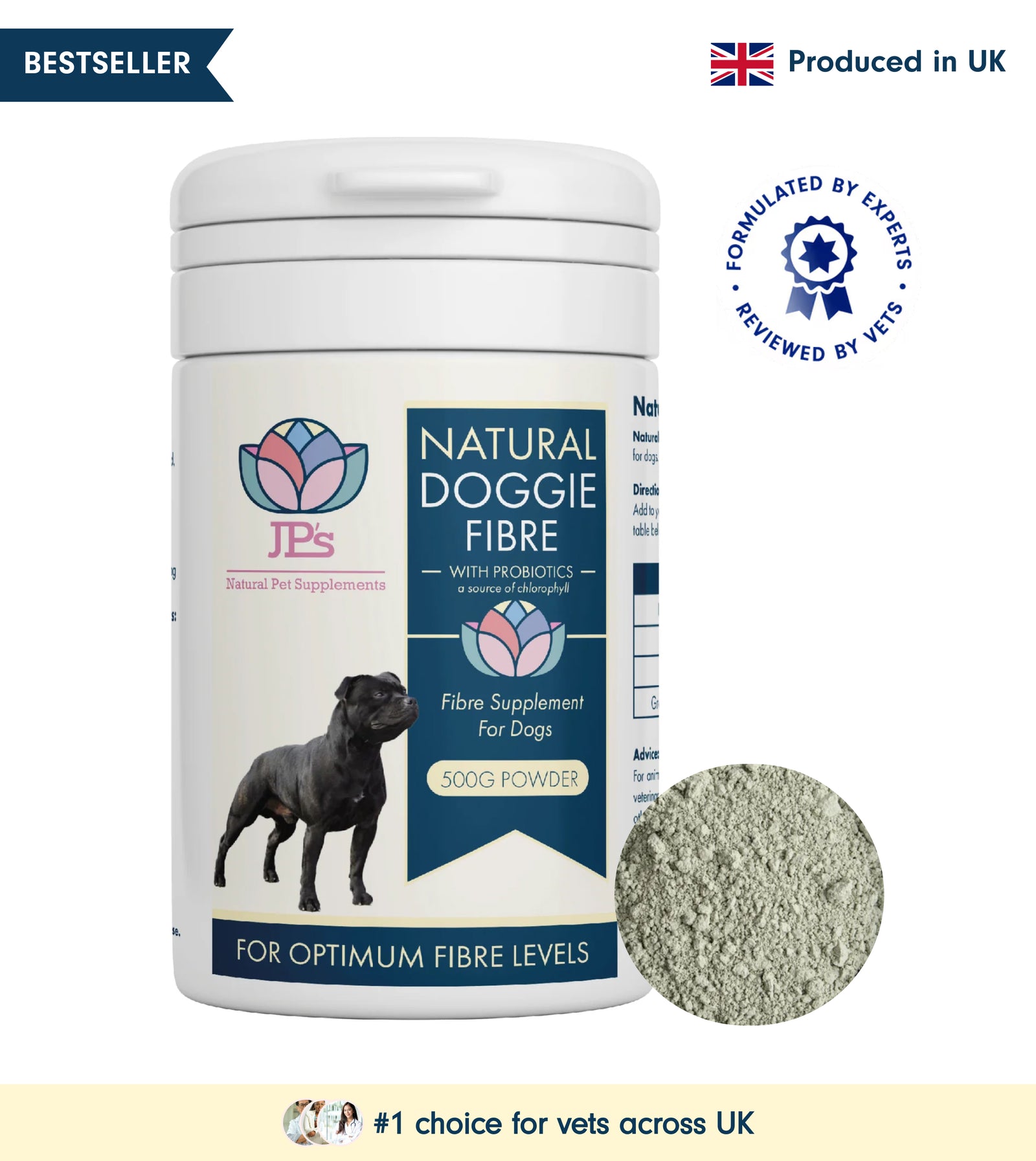
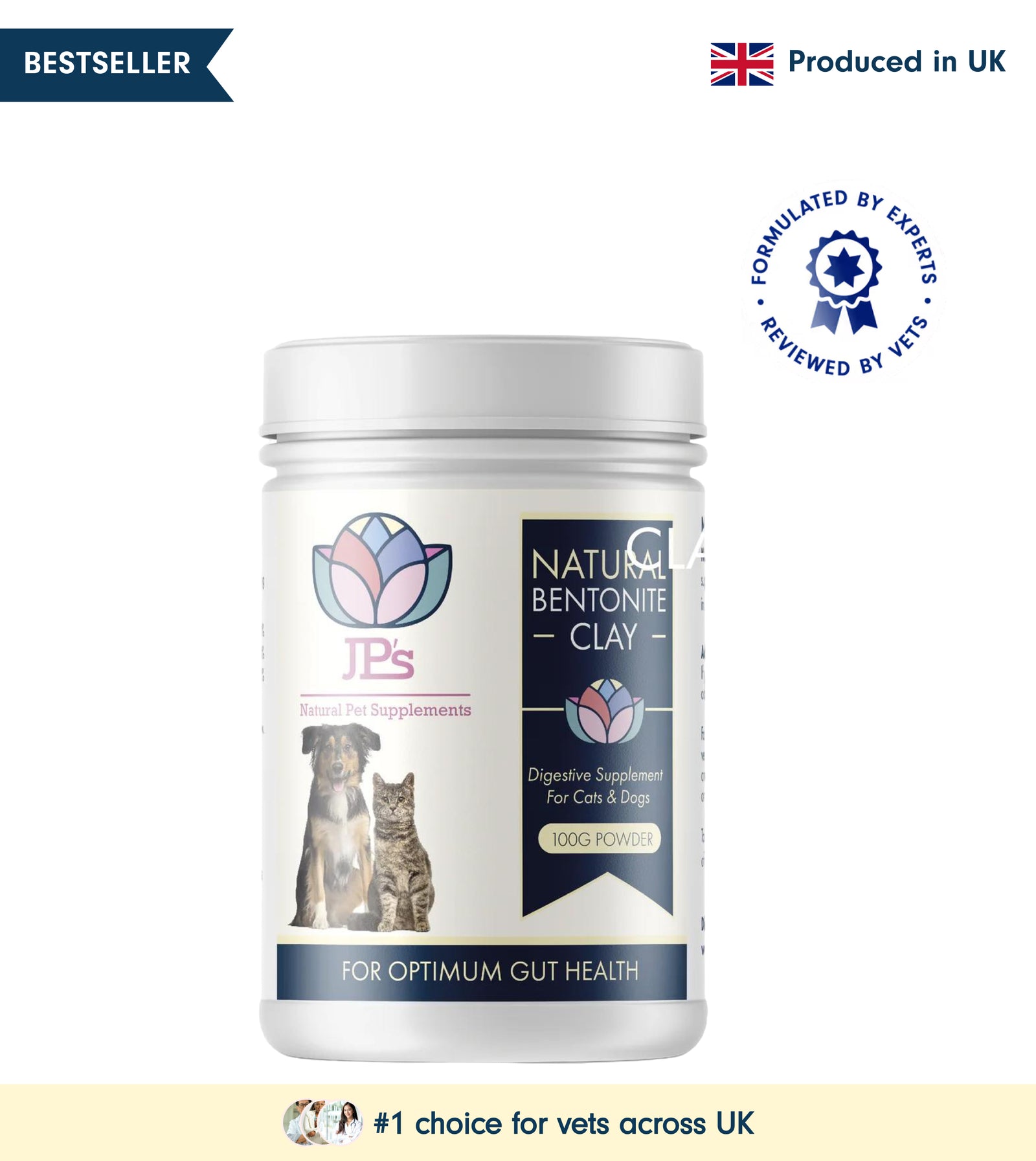
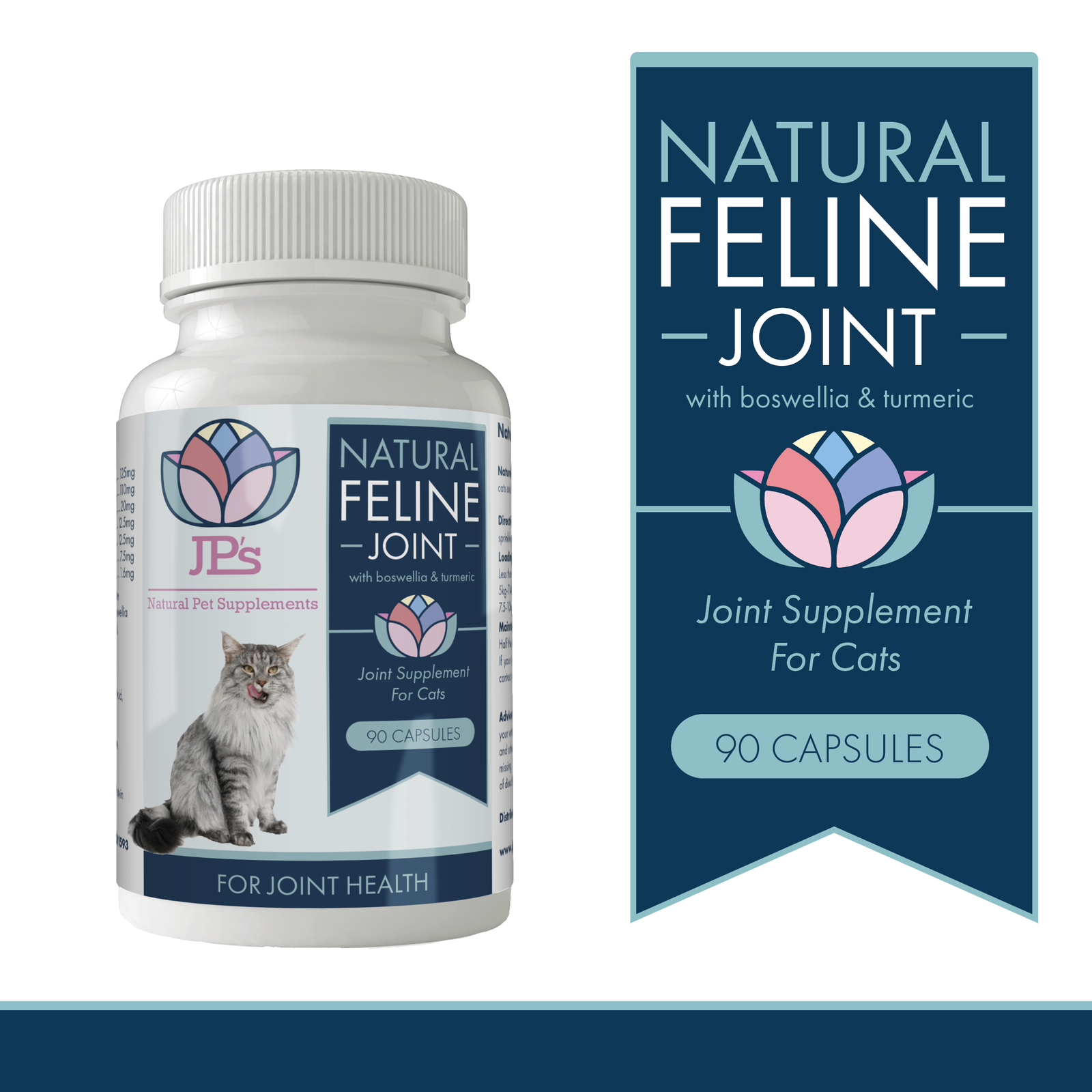
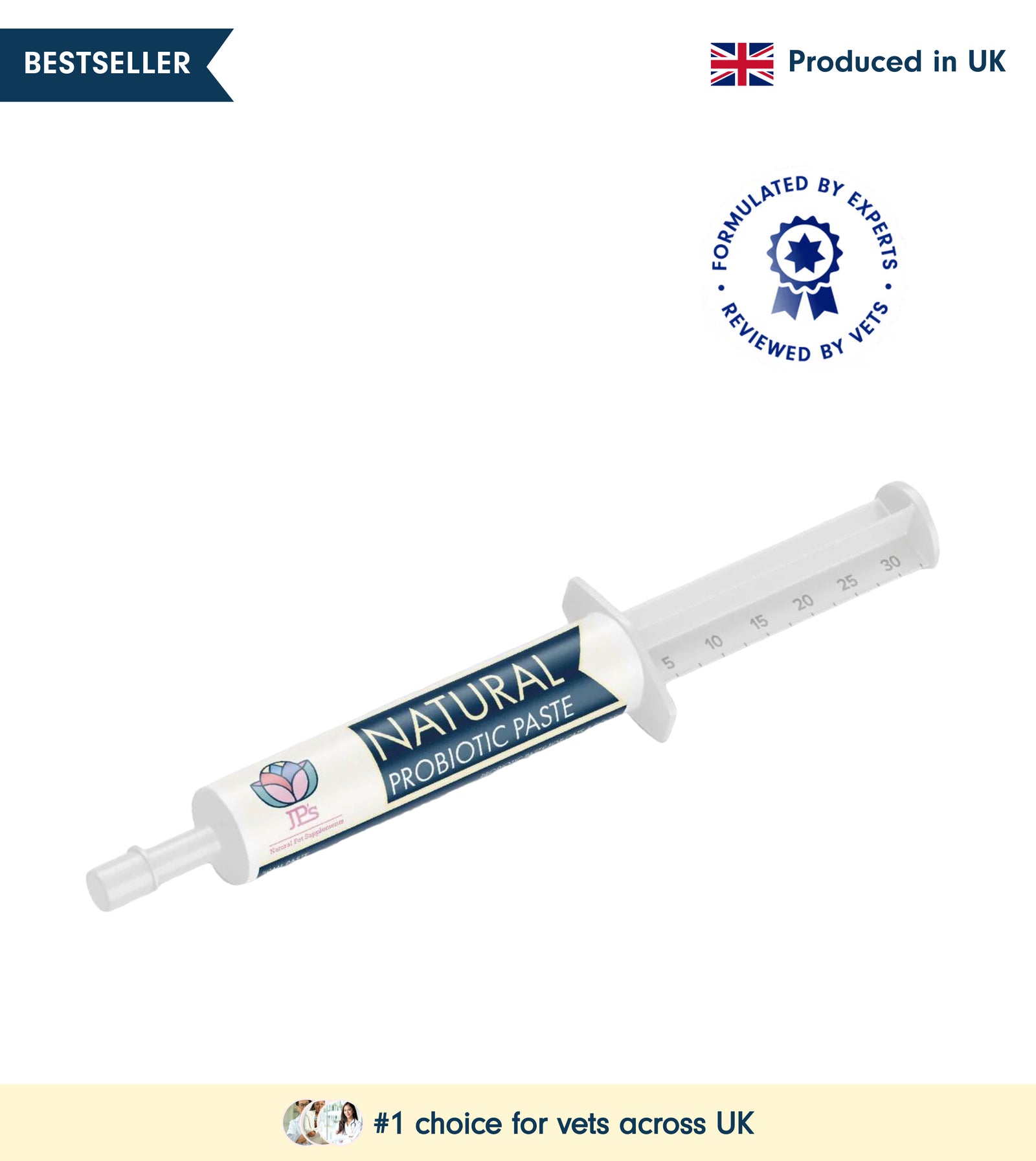
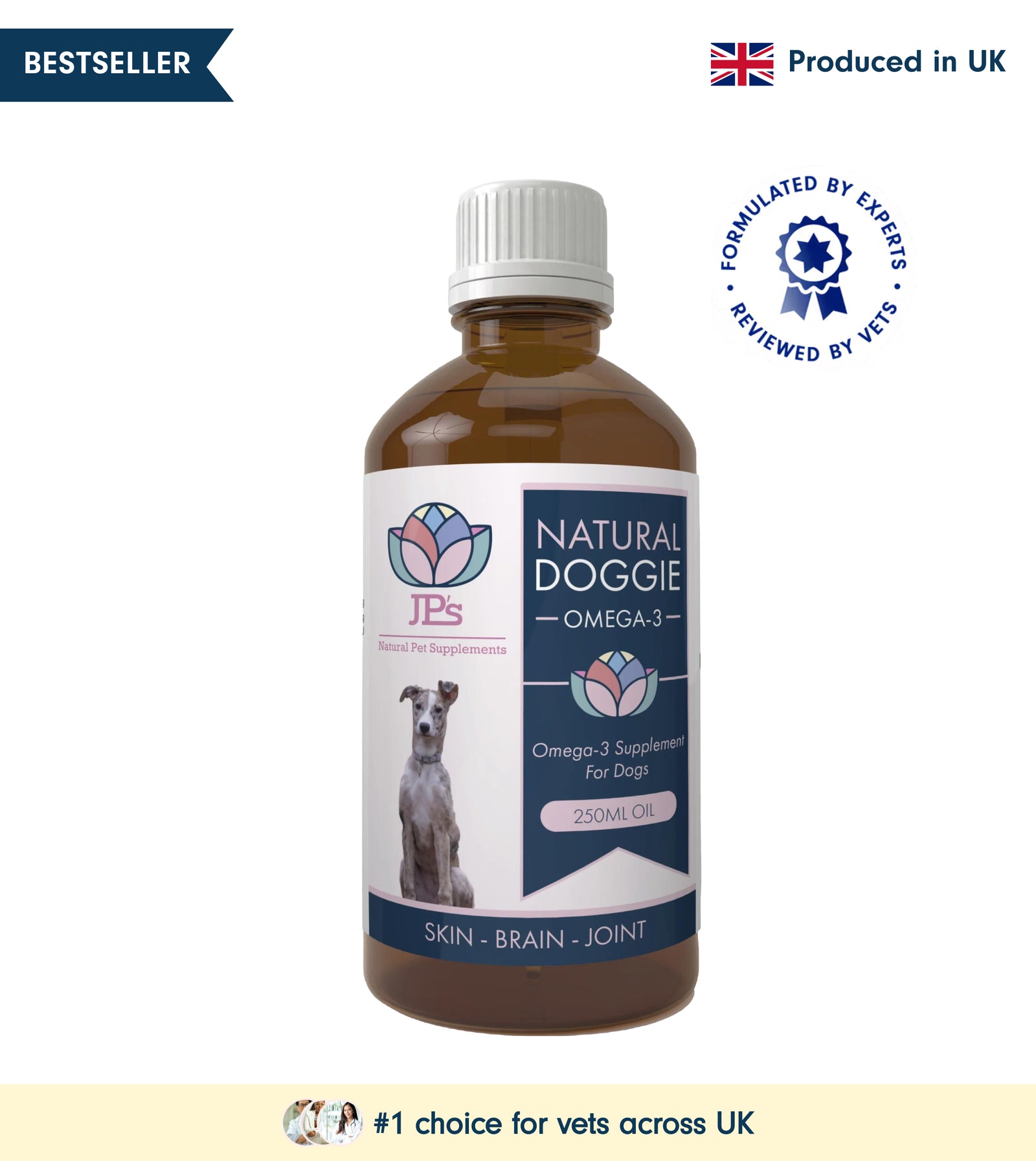
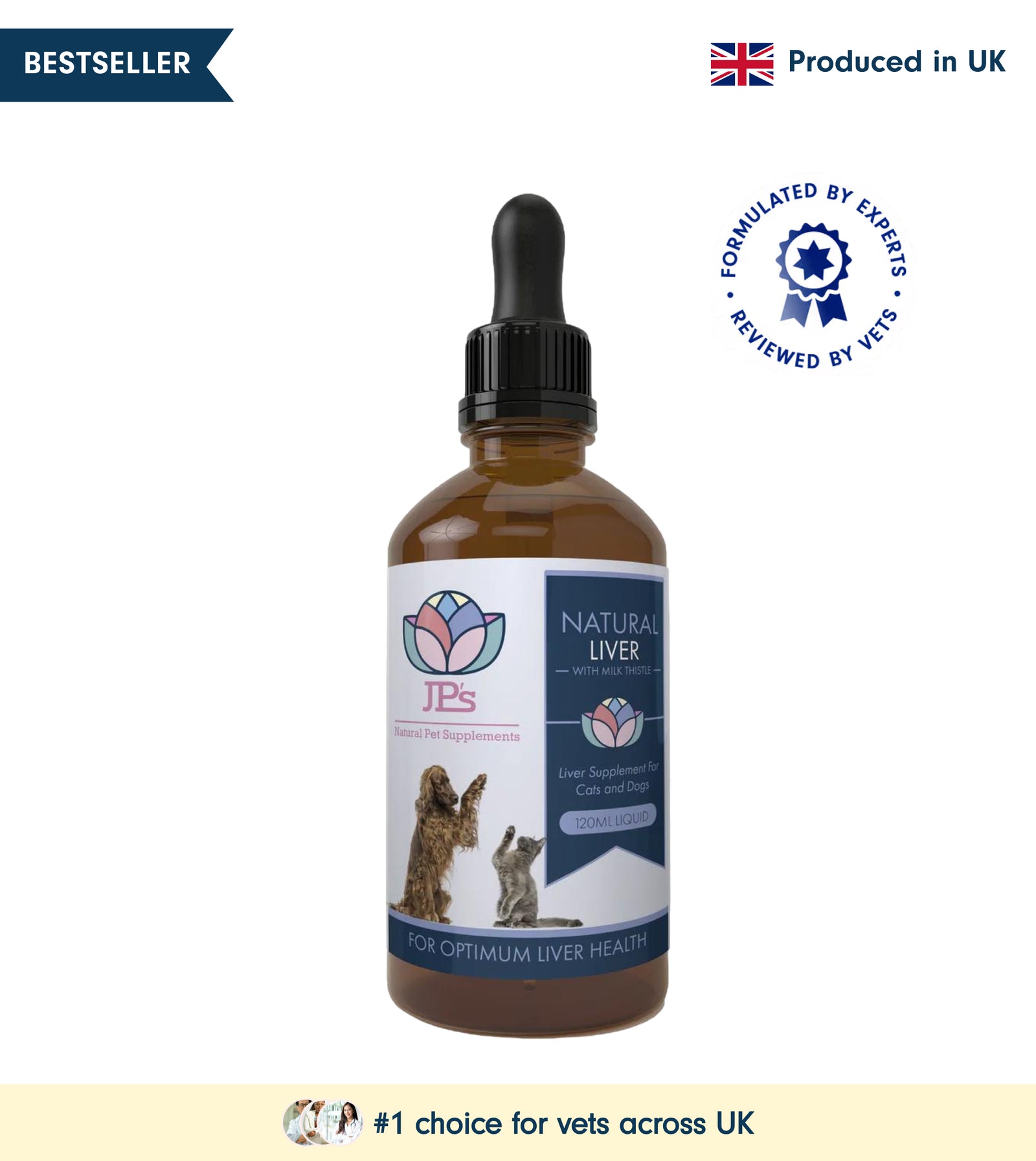
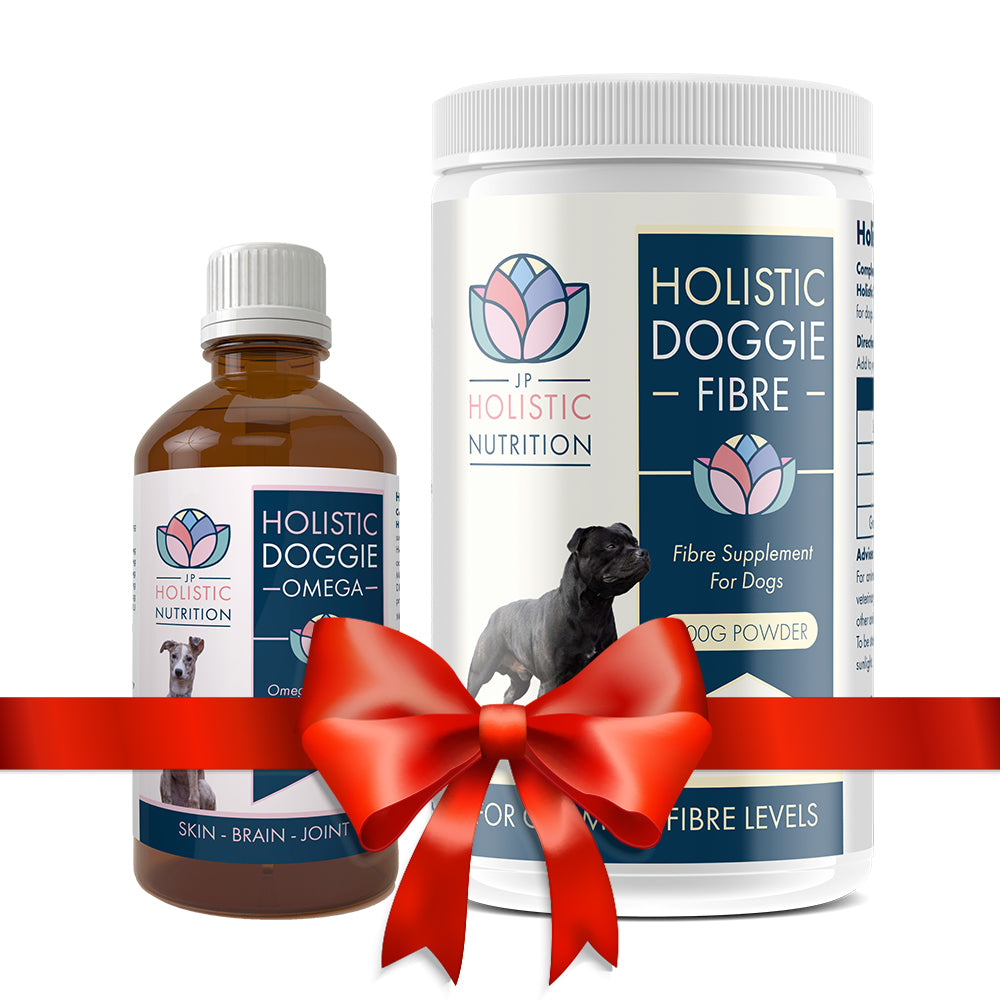










Leave a comment (all fields required)